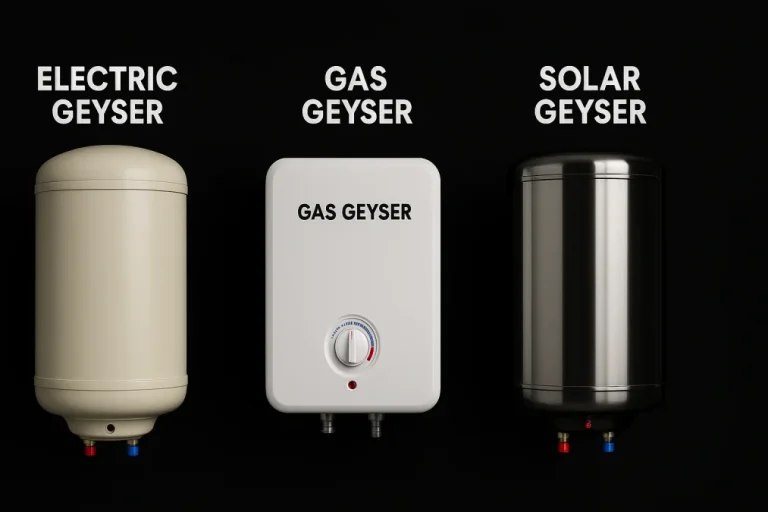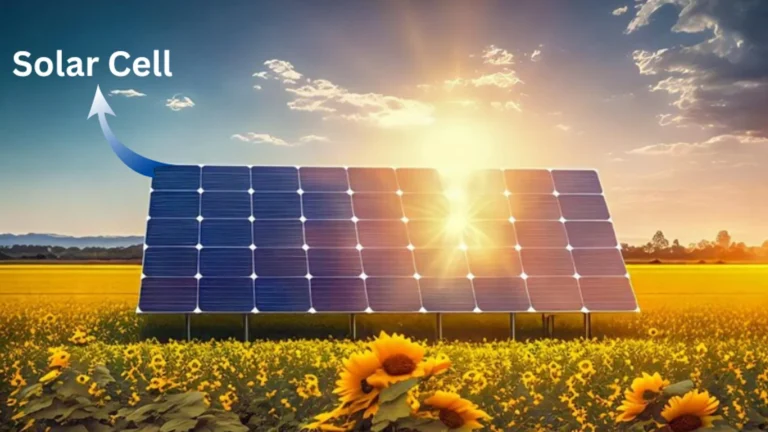Flood In Pakistan 2025 – How Solar Energy Keeps Lights On?
The Flood in Pakistan 2025 once again highlights the urgent need to rethink how the country prepares for natural disasters. The flood in Pakistan 2025 not only destroys homes and farmlands but also disrupts essential services such as electricity, water, and communication networks. Every year, thousands of families are displaced, agricultural land is submerged, and the national economy suffers billions in damages.
One of the most critical areas affected during floods is energy infrastructure. The national grid, already under stress from rising demand and high costs, often collapses in disaster zones. Power outages during floods can last for weeks, making it nearly impossible for communities to recover quickly.
In this context, solar panels in Pakistan have emerged as a sustainable and resilient alternative to grid electricity. By providing decentralized, renewable, and reliable energy, solar systems not only reduce dependency on the fragile grid but also act as a lifeline during emergencies. This article explores the impact of the 2025 flood in Pakistan, the vulnerability of grid electricity, and how solar energy can play a transformative role in disaster preparedness and recovery.
A combination of factors caused the flood in Pakistan in 2025:
- Climate change is leading to unpredictable monsoon rains.
- Melting glaciers in the northern areas are increasing river flow.
- Poor drainage systems in urban centers.
- Deforestation and soil erosion reduce natural water absorption.
Flood In Pakistan 2025 – Break the Grid Energy System
Flooding doesn’t just wash away roads and fields; it also cripples the national grid. Transmission poles collapse, substations are submerged, and fuel supply chains break down. The result is widespread power outages, leaving flood-affected families without fans, clean water pumps, or even lights at night. This vulnerability highlights the urgent need for decentralized energy solutions that work independently of the grid.
This indicates that Pakistan’s energy system is fragile and requires independent, local solutions that are not entirely reliant on the national grid.
How does solar energy help with the flood in Pakistan in 2025?
Real-Life Examples
During the 2022 floods in Pakistan, many NGOs provided solar lanterns and mini solar kits to families in Sindh and Balochistan, which became life-saving during blackouts.
In the 2025 Pakistan flood, community solar projects in rural Punjab are helping families pump clean water and charge phones, even as the grid remains offline.
How Can Solar Energy Support Flood Relief Efforts?
If You Can’t Afford a Solar Panel – Solar Financing Options
Not every family can pay for solar systems at once. This is where solar financing becomes essential. Banks in Pakistan (like Faysal Bank, Meezan Bank, and Allied Bank) and some microfinance institutions are offering financial services. This allows even middle- and low-income families to install solar and pay slowly over time, similar to their electricity bills.
Policy Steps for a Stronger Future
In addition, net metering in Pakistan allows solar users to sell excess electricity back to the grid, further reducing bills and promoting clean energy.
Conclusion – Flood In Pakistan 2025
The 2025 flood in Pakistan serves as a stark reminder of the country’s vulnerability to climate change and inadequate infrastructure. One of the biggest lessons is the need for resilient energy solutions. Grid electricity, while important, is fragile during natural disasters. On the other hand, solar panels in Pakistan provide decentralized, affordable, and reliable power, keeping families safe, businesses running, and hospitals operational during crises.
Investing in solar energy is not just an environmental choice—it is a survival strategy for a disaster-prone country like Pakistan. By combining policy support, financing options, and community adoption, solar power can transform Pakistan into a resilient, energy-secure nation.






